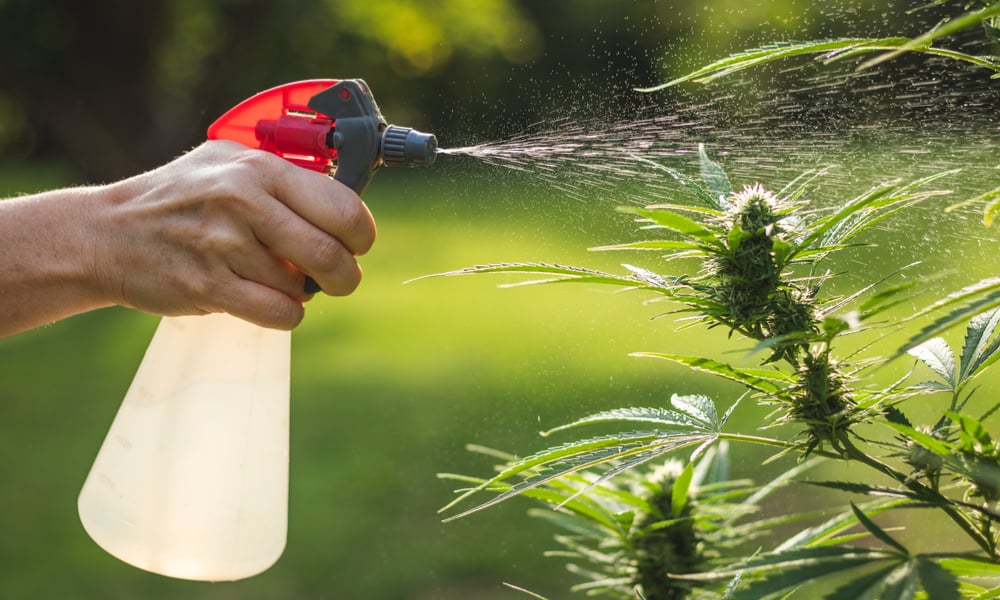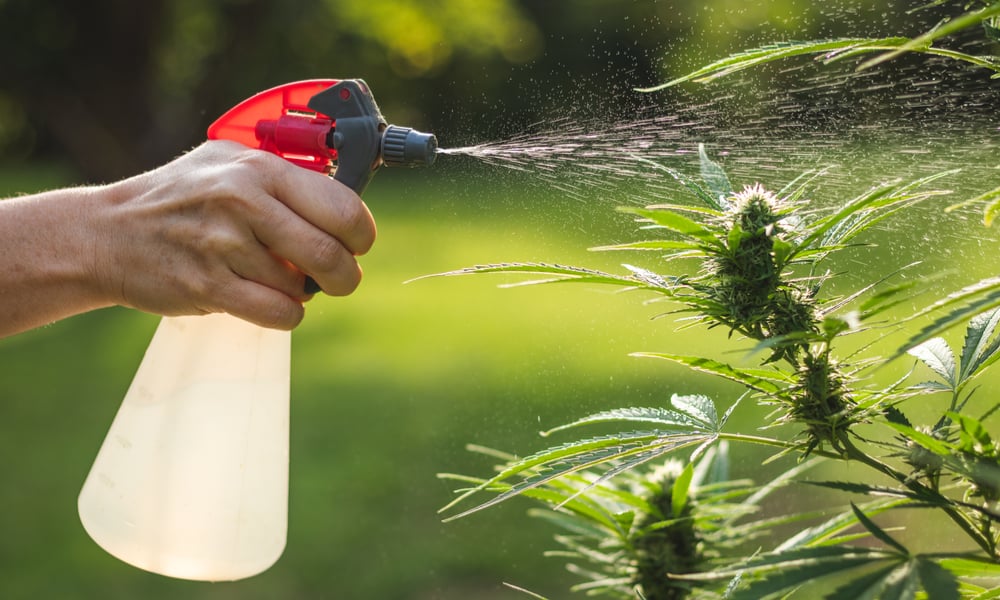
Folks living in Deschutes County, Oregon say they’re running out of water. They say their wells are drying up and that they’re spending tens of thousands of dollars drilling new ones. And they know exactly who to blame: the nearby medical cannabis farm that began growing there in 2015. But are marijuana farms really the reason for rural resident’s water shortages?
In Oregon, Residents Are Blaming Cannabis Farms for Water Shortages
Charles Cook and Suezan Hill-Cook live in the Lake Park Estates subdivision in Redmond, Oregon. In 2015, shortly after Oregon legalized adult use and a commercial cannabis industry, a grow operation set up in the area. Things on the farm were slow at first. But as the industry in Oregon grew, operations at the cannabis grow got busier. Used to a quiet, rural setting, the area’s older residents grew to resent the noise, smell and traffic the farm was generating.
Then, the water started running out. And on a hot summer day in 2018, Cook and Hill-Cook’s well wouldn’t pump any water. It was dry. Already rankled by the nuisances of the grow, the couple were sure it was to blame for their empty well. They had heard about cannabis farms gulping up all the groundwater in Oregon—a popular anti-legalization talking point in 2014. And they had heard stories from other rural Deschutes County residents about cannabis farms drying up their wells. So, they reasoned, the nearby marijuana farm had to be the reason for their own water shortages.
Indeed, between 2015 and 2017, a total of seven wells in the Alfalfa area of Deschutes County were re-drilled and deepened. Those refits account for 33 percent of all the wells deepened in the area since 1975. So water levels in the Deschutes Basin are definitely dropping. And they’ve been dropping rapidly in the years since Oregon legalized adult-use marijuana. But does correlation equal causation? Are weed farms really to blame for lower water levels?
Do Cannabis Grows Really Drain Water Resources?
While residents of rural Oregon are right that their water levels are receding, they’re likely wrong as to why. Responding to residents’ concerns, the Oregon Water Resources Department investigated 11 cannabis farms in the summer of 2018. Central Oregon Watermaster Jeremy Giffin, who led the investigations, found that the farms had a very small impact on the overall decline in groundwater levels. “At the end of the day,” Giffin concluded, “we were surprised at how little water they were using.”
Watermaster Giffin’s conclusions are affirmed by rural growers themselves. Andrew Anderson, who owns Plantae Health, a commercial cannabis grow, said his farm uses anywhere between 1,500 to 3,000 gallons of water per day. While that sounds like a large quantity, Giffin described it as “just a drop in the bucket” compared to many other agricultural operations. “Our water conservation is absolutely insane,” Anderson said.
After Oregon voters passed Measure 91 legalizing adult-use cannabis in November 2014, lawmakers defined cannabis as a farm crop. As a farm crop, cannabis is protected under Oregon’s Right to Farm laws. But cultivation is also subject to Oregon’s agricultural water quality rules. Those rules require grows to obtain water right permits, statements from public or private providers that water is actually available, or proof from the state that no permit is necessary.
In short, the state of Oregon is regulating and monitoring the water consumption of cannabis farms. And they’re just not slurping up all the groundwater.
Climate Change is Contributing to Declining Groundwater Levels, Not Cannabis
Studies from the U.S. Geological Survey have found that parts of the Deschutes Basin saw water levels drop up to 14 feet between the mid-1990s and mid-2000s. Cannabis wasn’t legal in Oregon at that time. But what about the recent intensification of dry wells?
Watermaster Giffin said low groundwater levels were likely due to a prolonged period of dry weather. Without precipitation leading to snowmelt, the region’s groundwater supply isn’t getting replenished. Furthermore, human activity is influencing water levels. With irrigation water supplies running low from dry weather, more people are tapping into the region’s groundwater supply. At the same time, more people are piping irrigation channels, preventing them from replenishing the groundwater supply.
Scientists know that climate change is caused by human activity, and that prolonged drought is a sign of those changes. The extended dry weather in the Deschutes Basin is putting a strain on the region’s water resources. Oregon especially has been suffering from severe and extreme drought in recent years.











